Originally published in Sport Compact Car, September, 1996
1972 Plymouth Cricket; Chrysler Corp. photos
The Plymouth Cricket is largely forgotten today, but in 1971, it was Chrysler’s temporary future.
In 1970, Chrysler Corporation had been rolling in the present. With the 426 Hemi and the 440 Wedge and some of the best styled and engineered – if haphazardly constructed – pony cars and intermediates, the company had a menu that was hotter than a jalapeño and Tabasco sandwich. The future, however, belonged to fuel-efficient compact cars and it was no secret that Ford and Chevrolet would introduce homegrown subcompacts – the Pinto and Vega – in 1971. Chrysler owned Simca and sold its cars here, but the peculiar French captive import had fared poorly against Ford’s Cortina and GM’s Opel, which together sold less than Volkswagen’s unconquerable Beetle.
But Chrysler had another transatlantic player in England’s Rootes Group, the maker of Sunbeam, Humber and Hillman automobiles. Chrysler bought part of Rootes in 1964, the rest in 1967 and changed the name to Chrysler UK in 1970, the same year Hillman introduced a four-door British family sedan. Unlike the Simca, the Hillman Avenger had conventional three-box styling and a front engine-rear drive layout. The schedule called for a new Chrysler Corp. small car to debut in January 1972, but the Avenger, along with the Mitsubishi-built Colt, would serve admirably as a stopgap.
The Avenger was released in the U.S. as a Plymouth on November 18, 1970, although because “Avenger” on an economy sedan would strike Americans as pretentious as naming a dingy “Dreadnought,” the car would be called the Plymouth Cricket, a play off its British origins, a counterpoint to VW’s Beetle, and besides, it’s cute as Jiminy himself. How could Pinocchio’s conscience let you down?
Meeting the competition, not bettering it, was Chrysler’s goal, and that arguably it did. Sized conventionally for the subcompact market, the Plymouth Cricket’s four doors opened to seating for four adults, or two plus three children in the back. Cricket’s styling was inoffensive, its hockey stick taillights the only innovative feature. Quad headlamps suggested upscale accommodations but standard equipment for $1,915 sedan included, well, not much.
An $80 “decor group” for the Plymouth Cricket was comprised of carpeting, “deluxe” seats, rear seat armrests, a lighted-lockable glove box and a fancier instrument panel with ammeter and oil pressure gauges (a horizontal speedometer was standard and no tach was available), and more. Never was eighty bucks better spent. A radio, air conditioning and white sidewalls were optional.
The newly designed engine for the Plymouth Cricket was the 1500cc four optional on the British market, but with compression lowered from 9.2 to 8.0:1 to agree with America’s new no- and low-lead gas. As such the oversquare pushrod four was rated at 70 hp gross. A three-speed automatic was optional, but the standard four-speed was best for winning drag races with three-toed sloths. The quarter-mile took 20.7 seconds to complete, 0-60 mph was a taffy-pull 18.5 second affair.
Disc front and drum rear brakes were standard on the Plymouth Cricket—unusual then for an inexpensive small car—and suspension was by MacPherson struts front with a multi-link live axle on coil springs at the rear. Cynics said the rear set-up was used only because cheaper leaf springs wouldn’t fit. No matter, the Cricket was praised for its ride and its quick turn-in, though with 155/78R-13 rubber it wasn’t hard to elicit a safe, predictable and no doubt squealing understeer.
Plymouth added a Cricket station wagon in 1972, including a more powerful (less puny?) version of the engine with dual carburetors bumping output—“adding chirp”—to 70 hp (Plymouth called it “hop power”—seriously), the same number as the original single carb engine but measured net for 1972. The new net rating system sank the base engine used in the Plymouth Cricket sedan to 55 hp net. The dual carburetor engine optional.
Nothing helped disastrously low sales. The Plymouth Cricket was damned from the start by slipshod British assembly and poor reliability. The Cricket paled in comparison to the Dodge Colt. Although the Plymouth import had been expected to outsell the Colt, the Cricket was squashed like, well, a bug.
Chrysler at least saw its mistake. The Plymouth Cricket returned for a final year in 1973 and was unceremoniously dropped thereafter. Chrysler’s domestic subcompact was scrubbed and Chrysler later sold Chrysler UK to Peugeot, not needed with the long and mutually beneficial association begun with Mitsubishi. Chrysler had done it again, and it didn’t include the Plymouth Cricket.



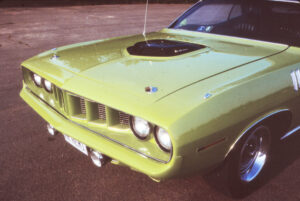
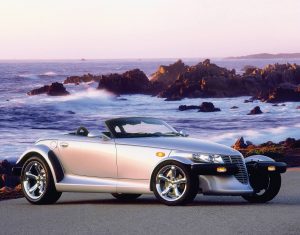

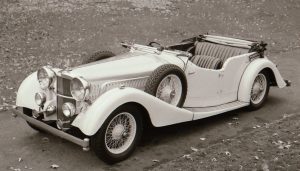
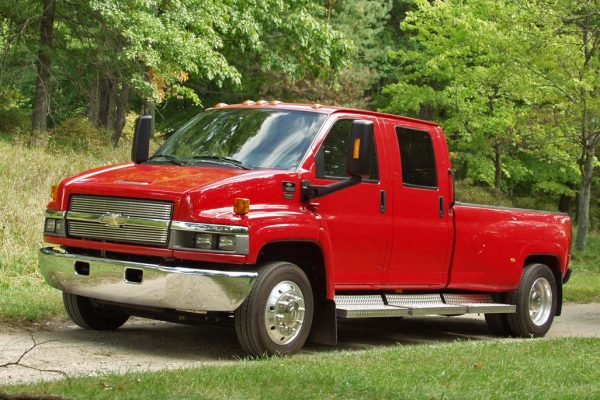
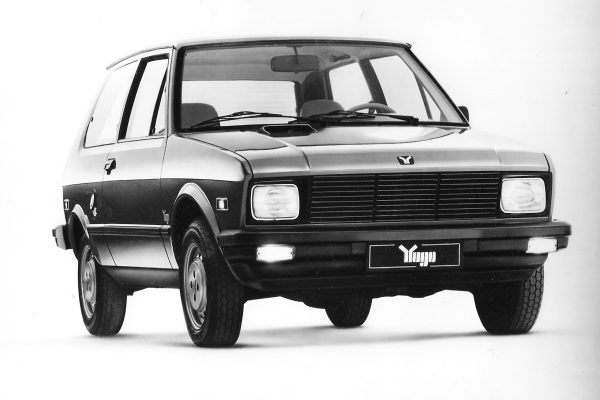
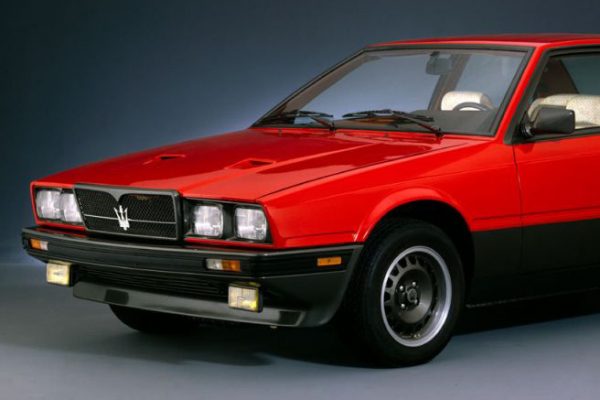
I had a used 71 Cricket. Worst car I ever owned!
Like the cigarette lighter, 1,000 of whatever the part did and the part had to be replaced.
Front tires lasted a few weeks; you could watch them go bald from one side to the other. After 35 MPH, the steering wheel shook. It shook so much at 55 MPH, it was nearly steady!